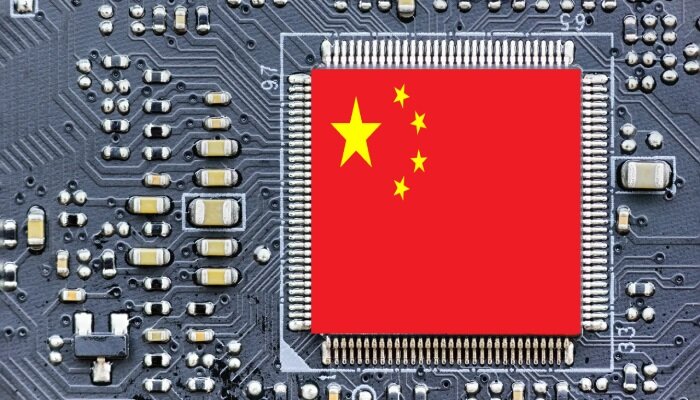As per the recent research done by Barclays analysts, China’s chip manufacturing capacity is going to more than double in the coming five to seven years, thereby significantly exceeding market anticipations, according to the local manufacturers’ present plans.
According to the analysis of 48 chipmakers with manufacturing plants across China, the study goes on to show that most of the fresh capacity is most likely to surge by 60% in the next 3 years.
Analysts such as the ones including Joseph Zhou as well as Simon Coles remarked in the report that local businesses happen to remain undervalued and the number of local semiconductor manufacturers as well as fabs in China happens to be much higher than the analysis of mainstream sector sources.
It is well to be noted that the Chinese companies have indeed caught up with the pace with regards to the procurement of significant chip-making equipment in order to support capacity expansion and at the same time increase supply. Leading semiconductor equipment manufacturers such as ASML from the Netherlands as well as Tokyo Electron from Japan went on to receive a great amount of orders from China last year.
Analysts go on to say that most of the new capacity is going to be used to manufacture chips by way of making use of older technology. These traditional semiconductors, which happen to be 28nm and above, are at least ten years behind the most advanced chips but happen to be mostly used within systems like home appliances as well as automobiles.
Barclays analysts went on to state that in theory, these chips could very well lead to an oversupply across the market, but they do think this will take a minimum of a few years, most probably as early as 2026, and it also depends on the quality that’s achieved and any new trade restrictions.
Apparently, in all likelihood, China’s chipmaking capacity is going to more than double in five to seven years on the basis of local manufacturers’ existing plans, which are indeed materially more than what the market expects.
It is worth noting that China is working toward technological self-sufficiency, something that has gone on to become more difficult after the US as well as some of its allies restricted what technology companies were allowed to sell across the Asian country. Chinese firms have gone on to accelerate purchases of vital chipmaking tools so as to support building supplies ahead of any fresh bans.
The fact is that China’s ambition when it comes to legacy semiconductors has gone on to draw attention from the US Commerce Department, which looks to gather information on how more deeply reliant US firms have become when it comes to technology from China. Bloomberg News went on to report in December 2023 that the US could very well impose tariffs or even other trade restrictions in order to counter China’s push.





































